Tarragon plant and its cultivation

The tarragon or tarragon plant is known for being a spicy-flavoring seasoning. It is often used when canning vegetables and preparing marinades.
The presence of tarragon's spicy aroma is explained by the fact that its stem and leaves contain essential oil. As a seasoning, tarragon can be used both fresh and dried.
Tarragon, the cultivation of which begins with the selection of a site, has properties that stimulate digestion, cleanse the blood and improve appetite. As a traditional medicine, tarragon can cure scurvy.
Tarragon is a perennial herbaceous plant that tolerates cold and frost well. To grow tarragon, give preference to areas that are free of weeds, and especially wheatgrass.
As for the soil, soil with medium to neutral acidity is suitable. If the soil is highly fertile, this will lead to the fact that the green mass of the plant will increase, but the essential oil content will decrease.
Of course, the land should be fertilized, but do not overdo it with the addition of nitrogen fertilizers.
Pests include field bugs, wireworms and aphids. For example, the field bug, which eats the tops of tarragon, must be combated with a chlorophos solution.
Thus, tarragon, the use of which has been known since ancient times, is not difficult to grow in your summer cottage. The main thing is to follow simple rules when caring, and then you will delight your loved ones with the harvest of this spicy herb.

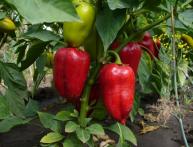
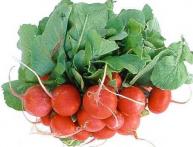
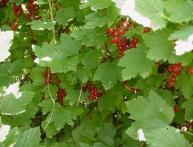
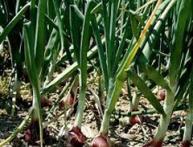
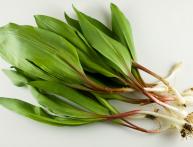

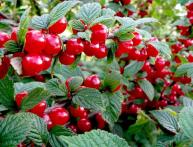
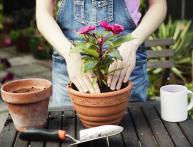
Comments
Cute bushes. It’s a pity that the length of the article does not allow for details. For example, what specific type of fertilizer is needed. And how does essential oil work? An interesting topic has been raised.
And I associate the name of the herb “tarragon” with the carbonated drink of the same name, which many years ago had an excellent taste. I wonder if this particular herb was added to it?